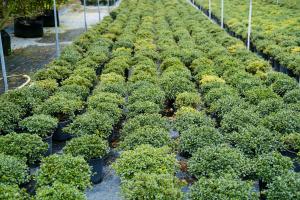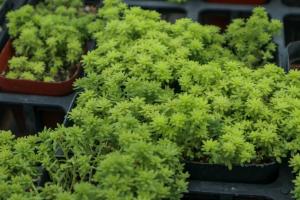1、 Soil:
Lotus has no strict requirements on soil quality and can grow in a large range. It grows best in the cohesive soil rich in organic matter, deep soil layer and strong water storage
2、 Illumination:
Lotus root likes light. During the growth of lotus root, we must maintain sufficient light, which is conducive to the growth of lotus root. The lack of light leads to slow growth of lotus root, poor fruit quality and loss of commercial value
3、 Fertilization:
Lotus root is mainly based on organic fertilizer, which must be fully decomposed. Topdressing should be carried out during growth. Attention should be paid to the combined application of nitrogen and phosphate fertilizer, and silicon fertilizer and boron fertilizer can also be added
4、 Temperature:
Lotus root is a thermophilic plant. The germination temperature of lotus is about 15 ℃, and the optimum temperature for growth is 28-30 ℃. The large temperature difference between day and night is conducive to the expansion of lotus root
5、 Pest control:
1. Diseases: the main diseases of lotus root are black root disease and leaf blight. They will harm the leaves and rhizomes of lotus root, and can cause death in serious cases. Before cultivation, the disease-free lotus root shall be selected for planting, and the diseased plants shall be removed at the same time, so as to completely remove the diseased plants and disabled bodies in the diseased lotus root field
2. The emulsion of lotus root and stem can be used to prevent and control the transmission of insects, and the emulsion of lotus root and stem can affect the normal growth of aphids

 jackfruit
jackfruit snake plant
snake plant hibiscus
hibiscus hydrangea
hydrangea lavender
lavender Green roses climb al...
Green roses climb al... If you don't pay att...
If you don't pay att... Management of four g...
Management of four g...



































